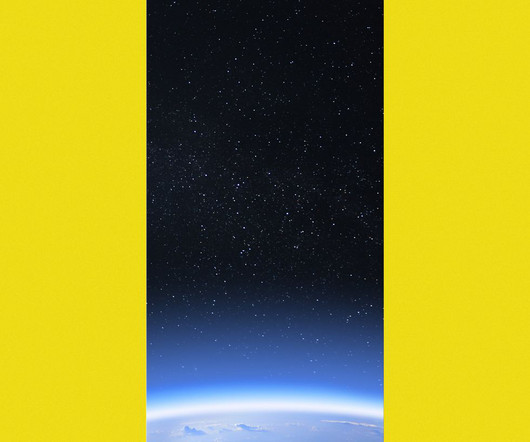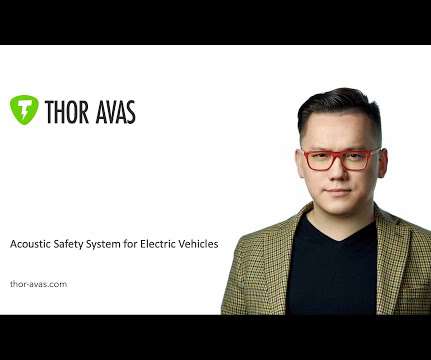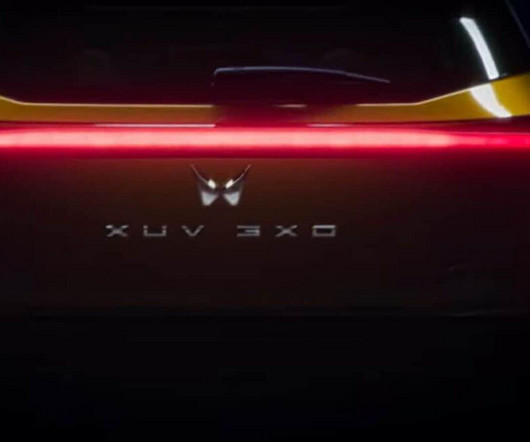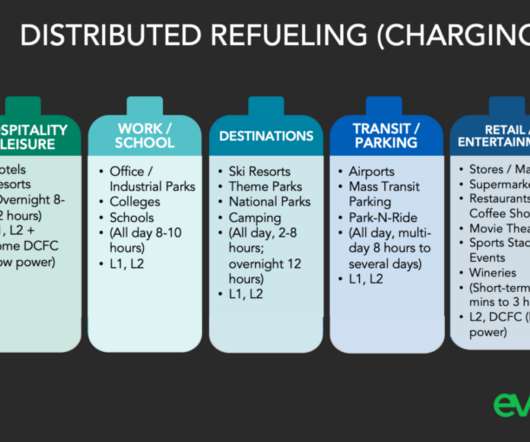Metallic nanostructures with strong light confinement can triple the efficiency of solar-based hydrogen generation
Green Car Congress
AUGUST 29, 2017
Researchers led by a team from KAUST have found a more sustainable route to hydrogen fuel production using chaotic, light-trapping materials that mimic natural photosynthetic water splitting. The authors designed these to achieve broadband strong light confinement at the metal interface across the entire solar spectrum.
























Let's personalize your content